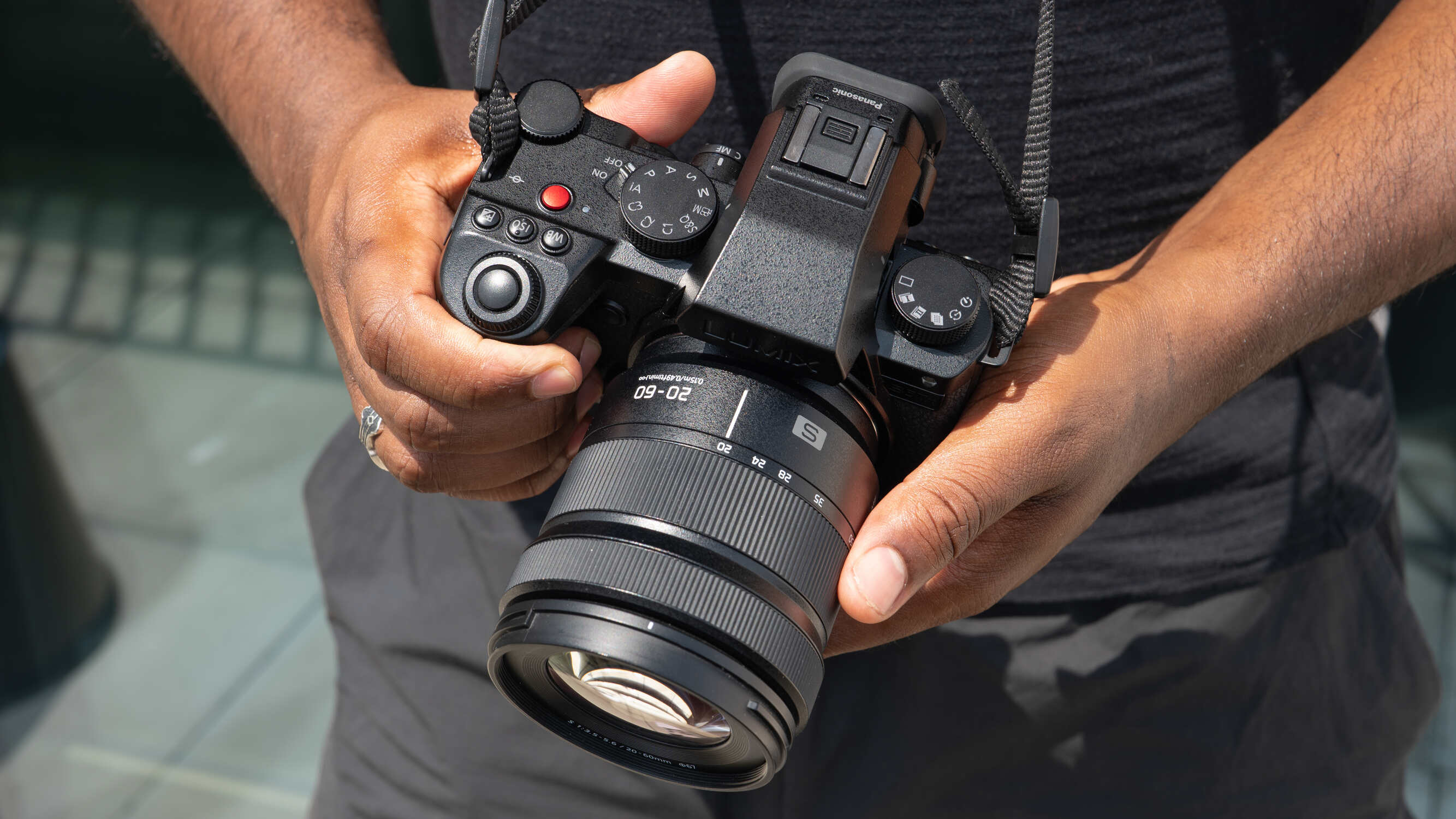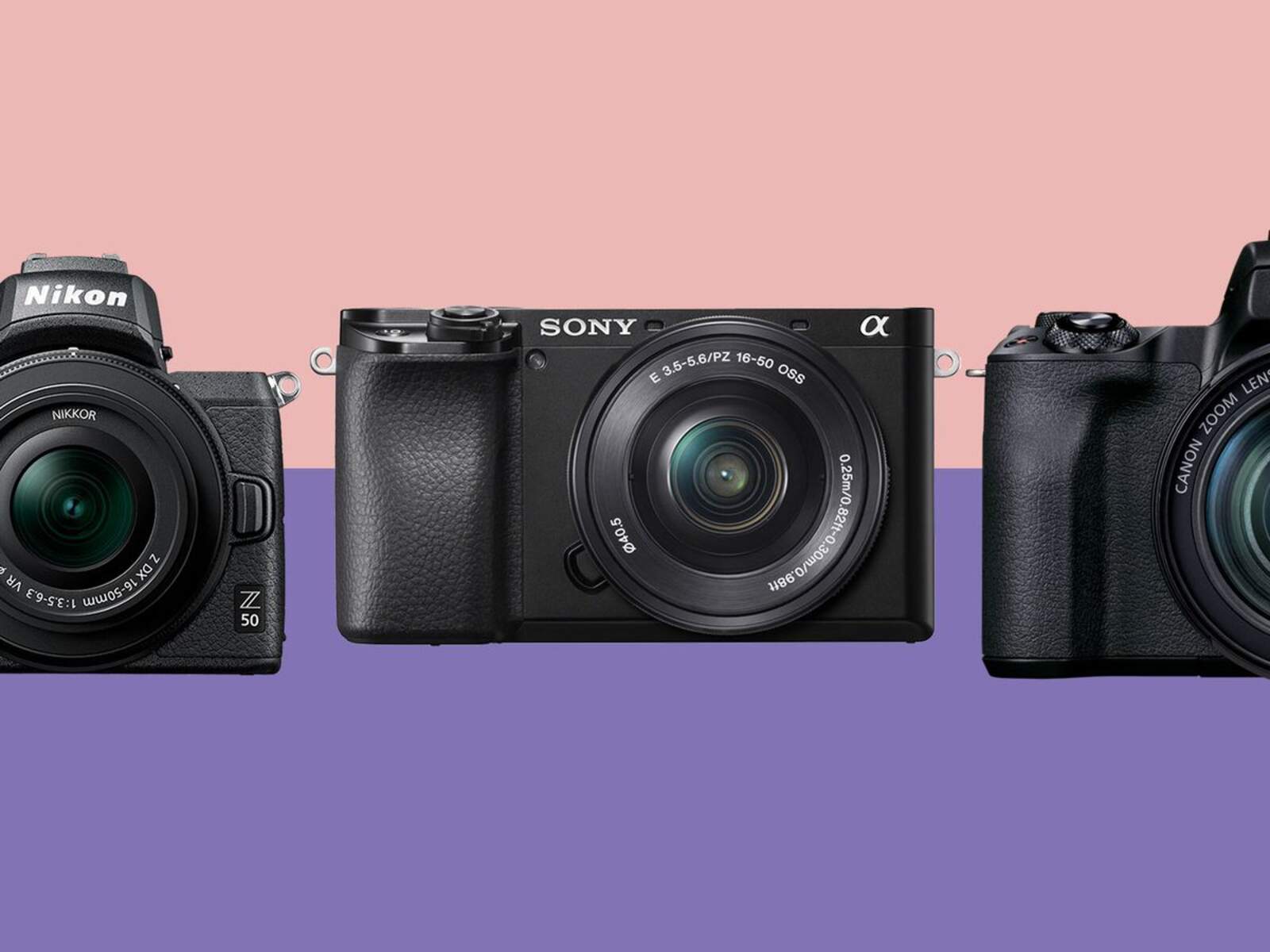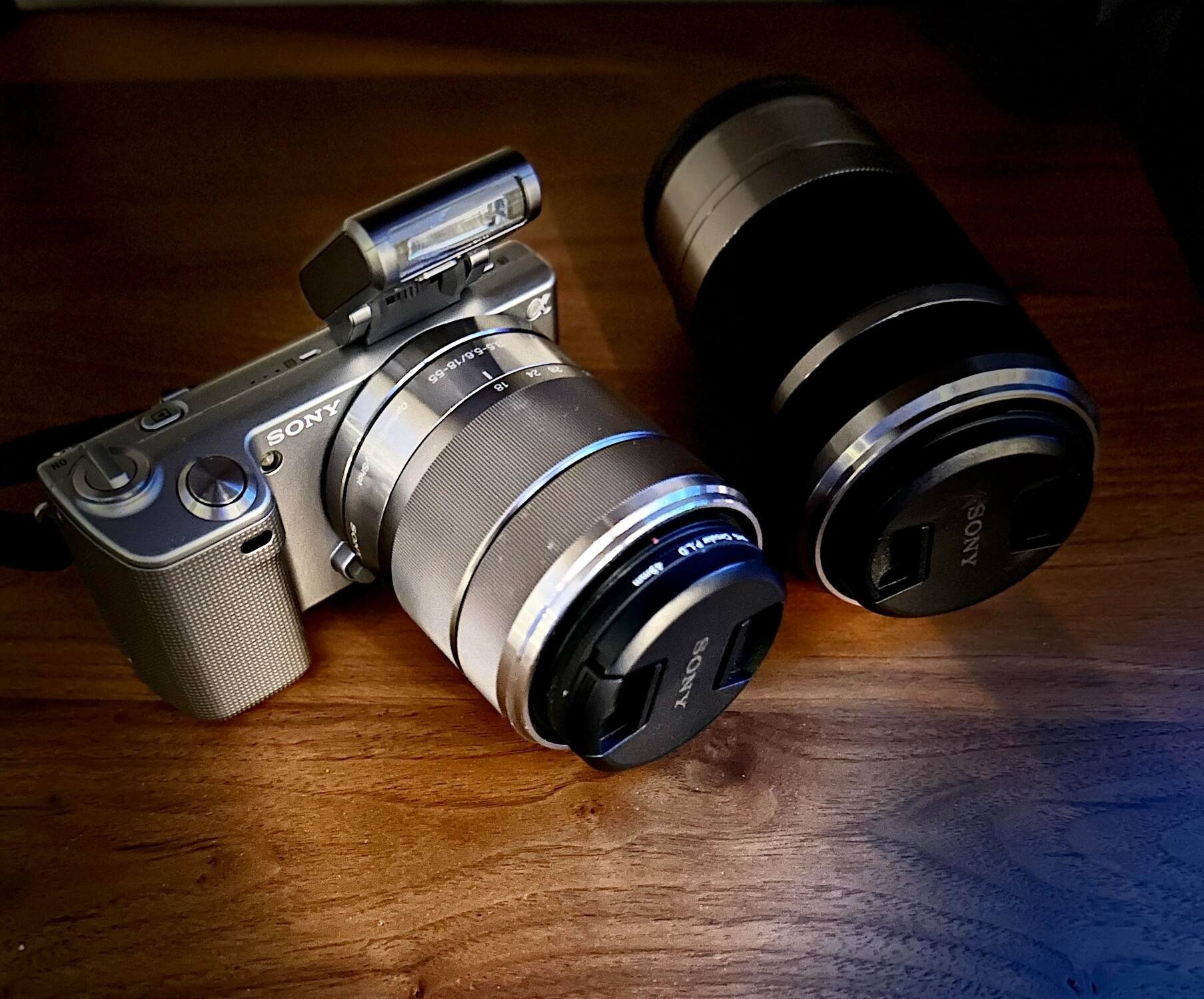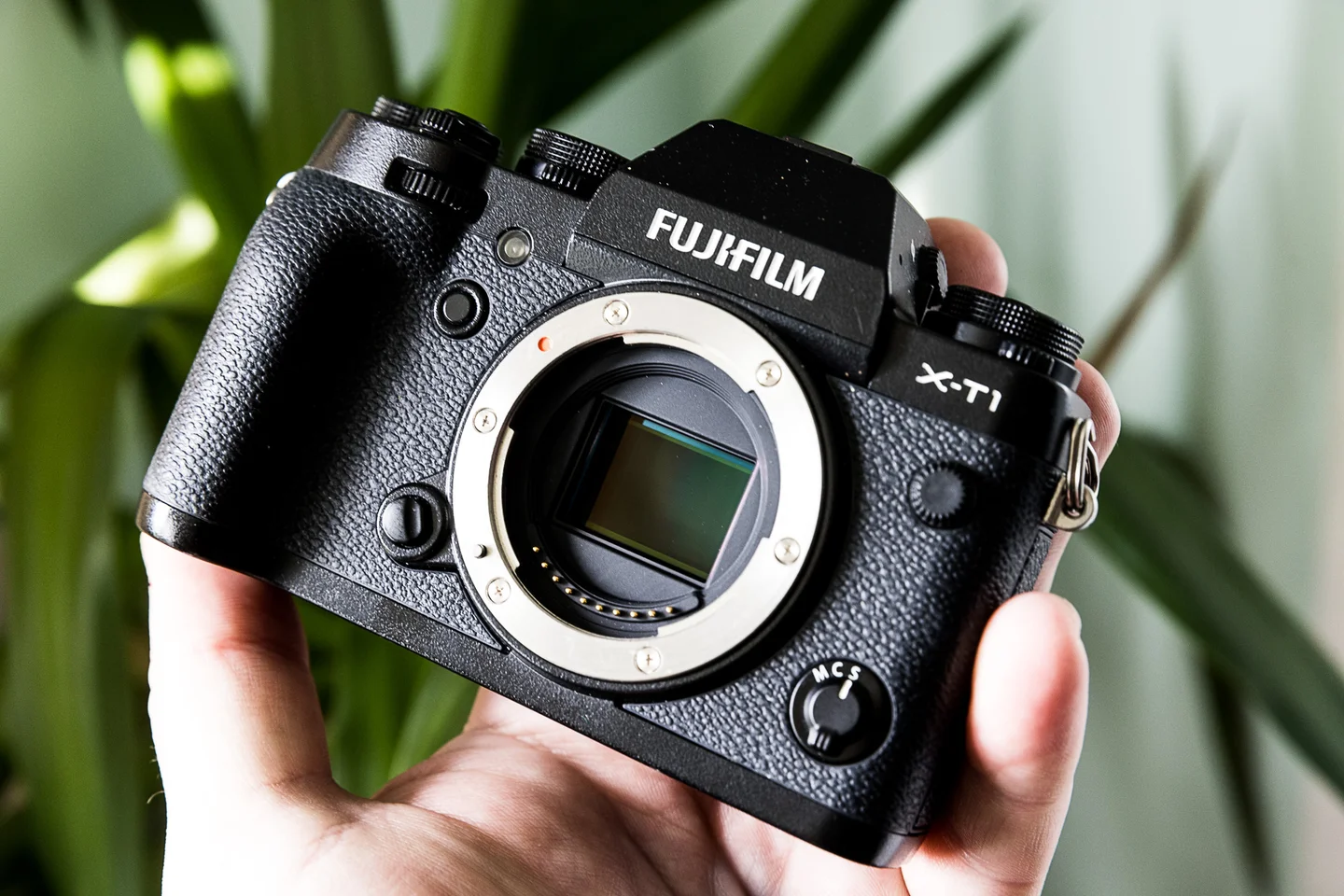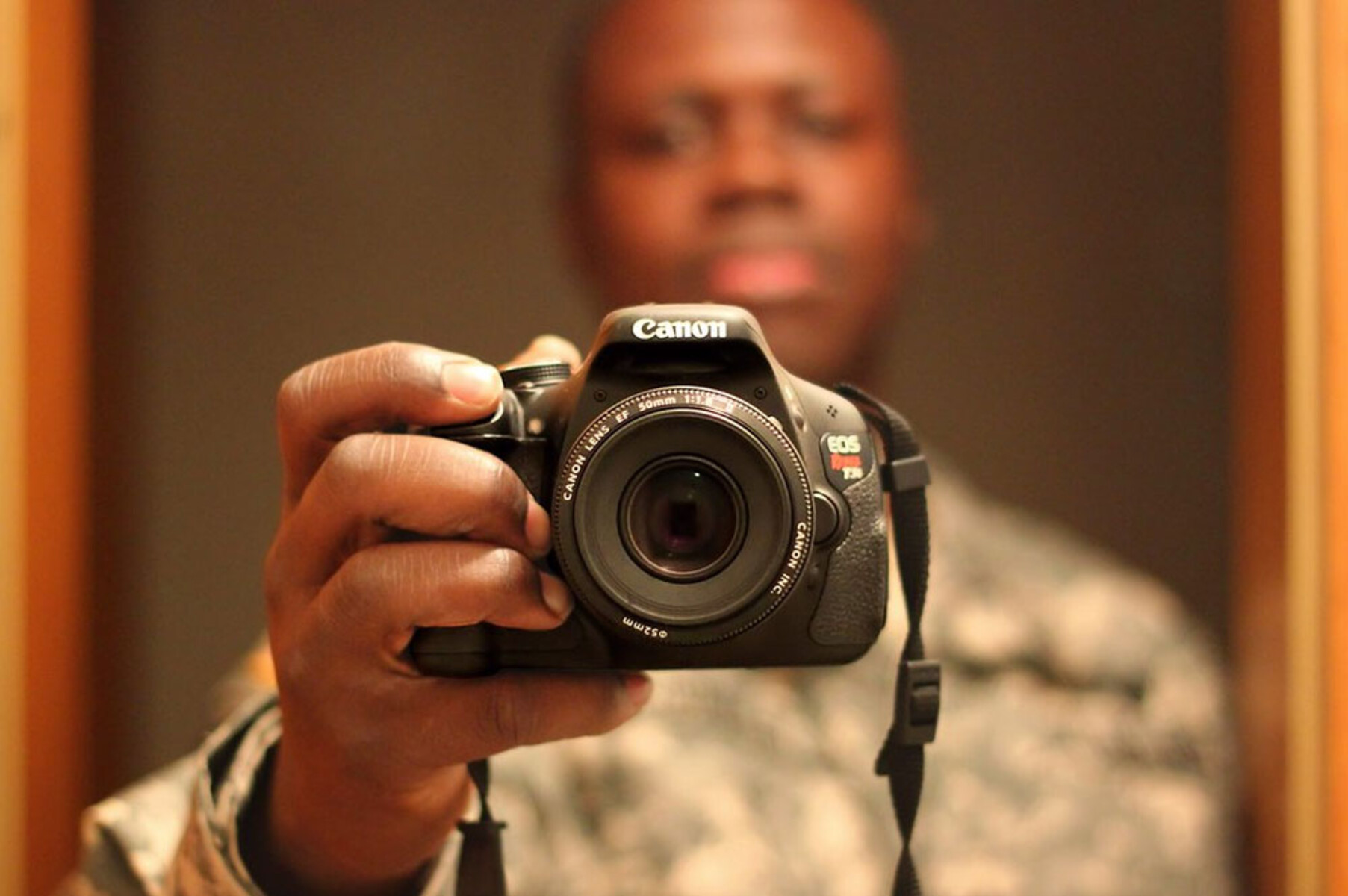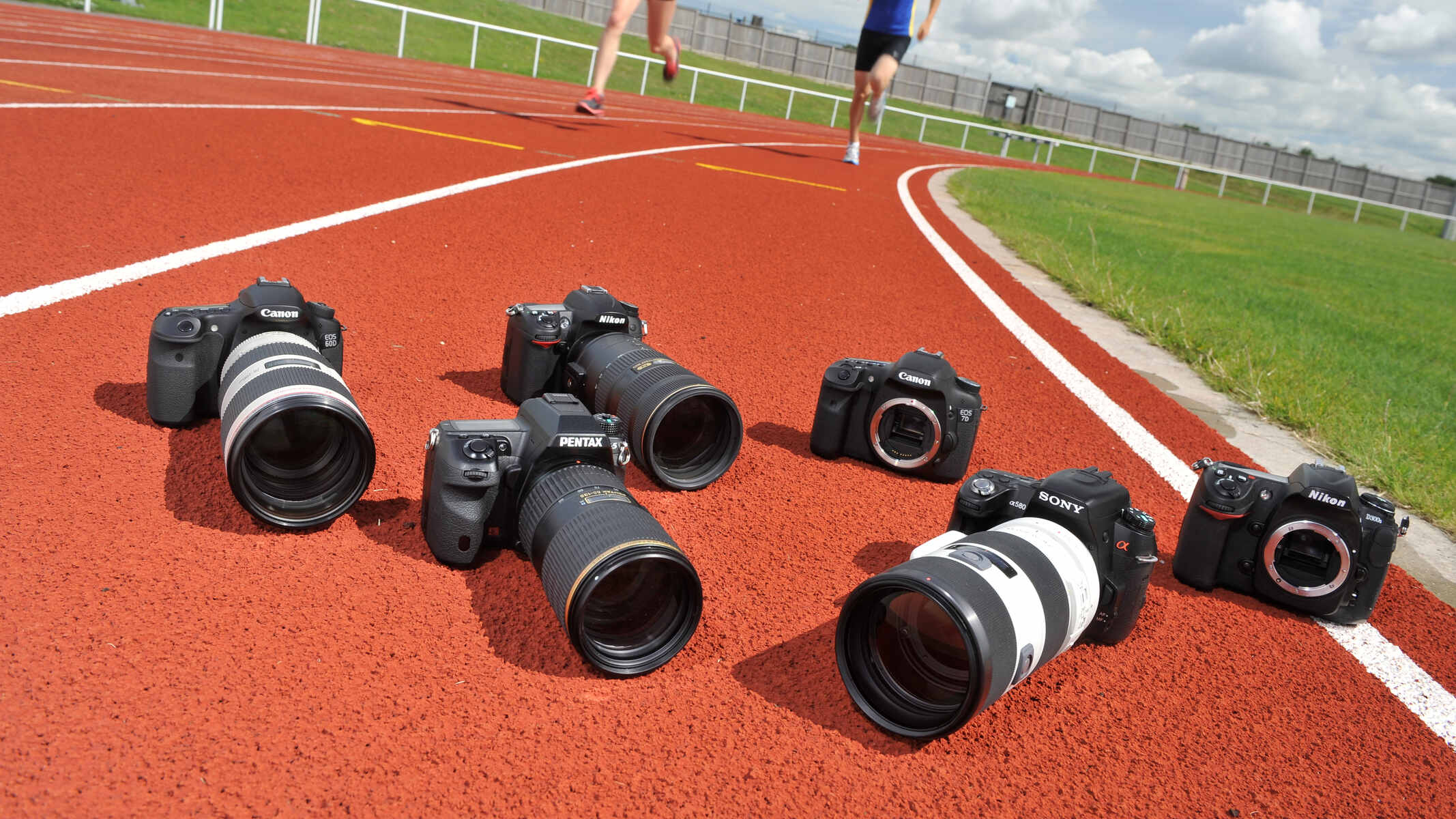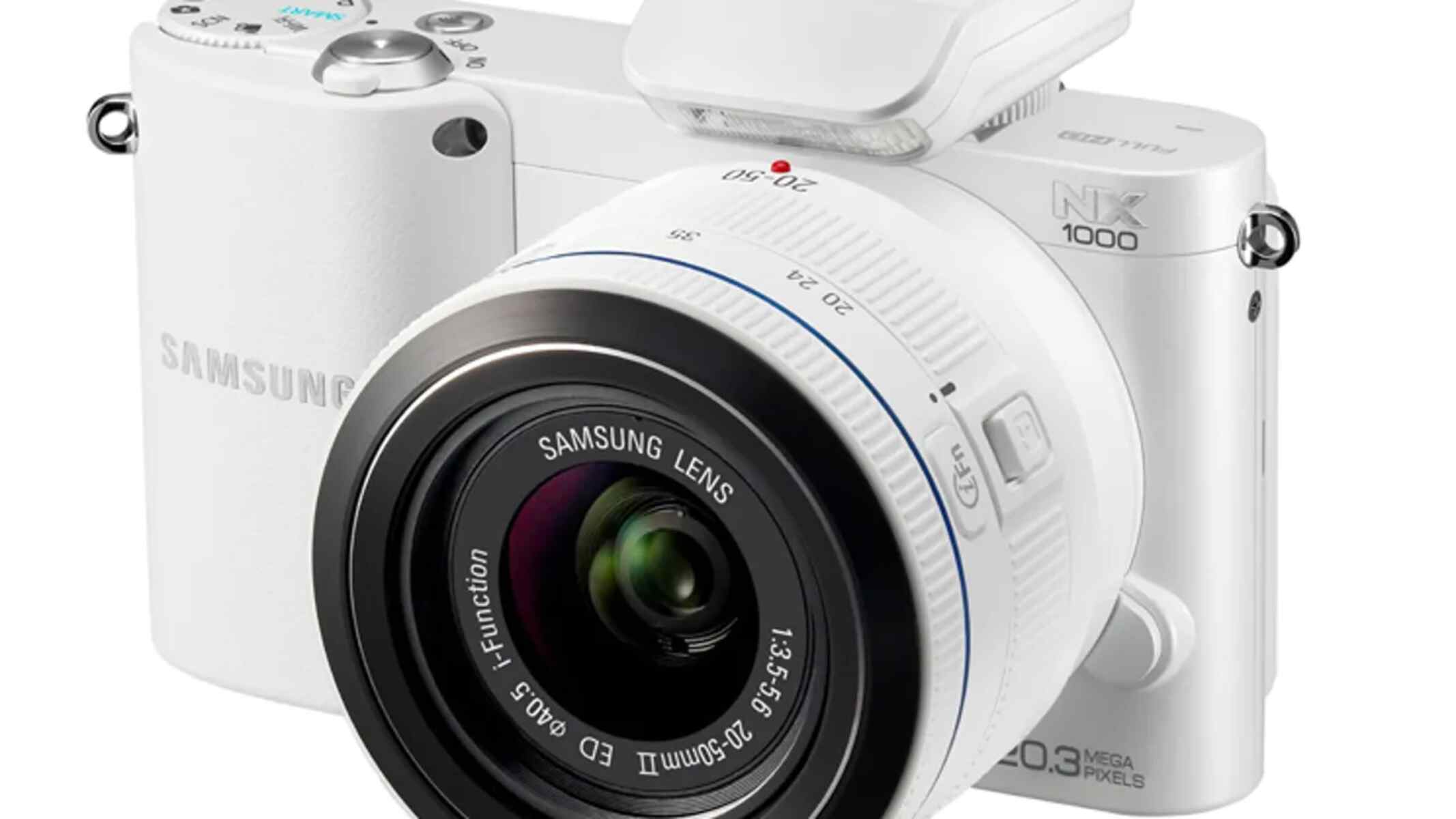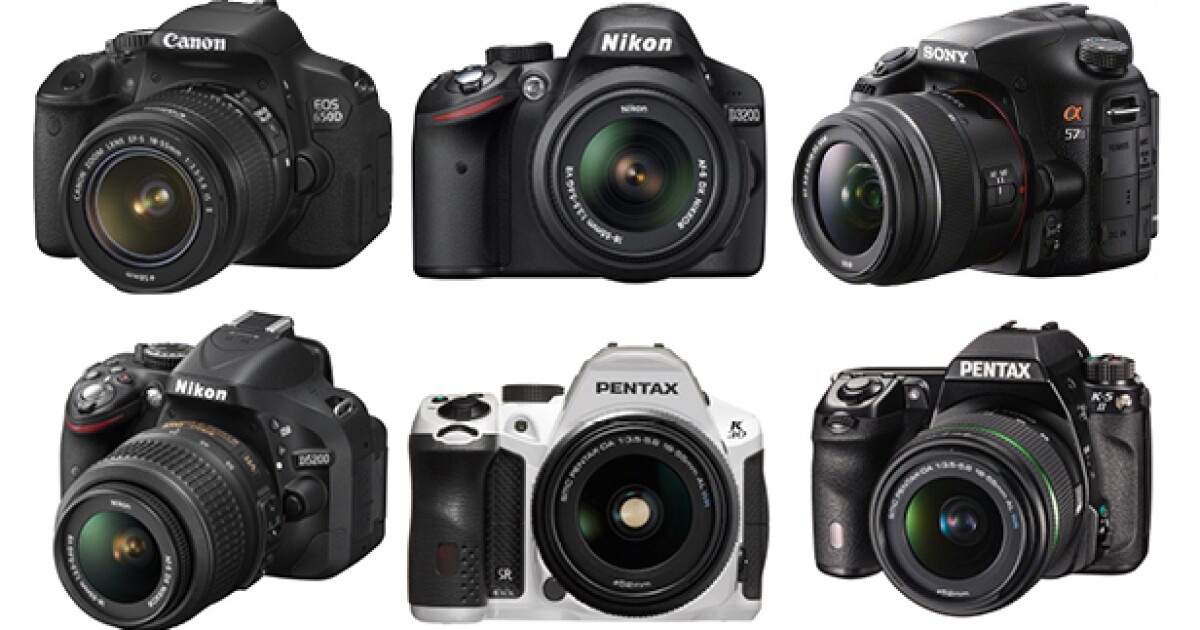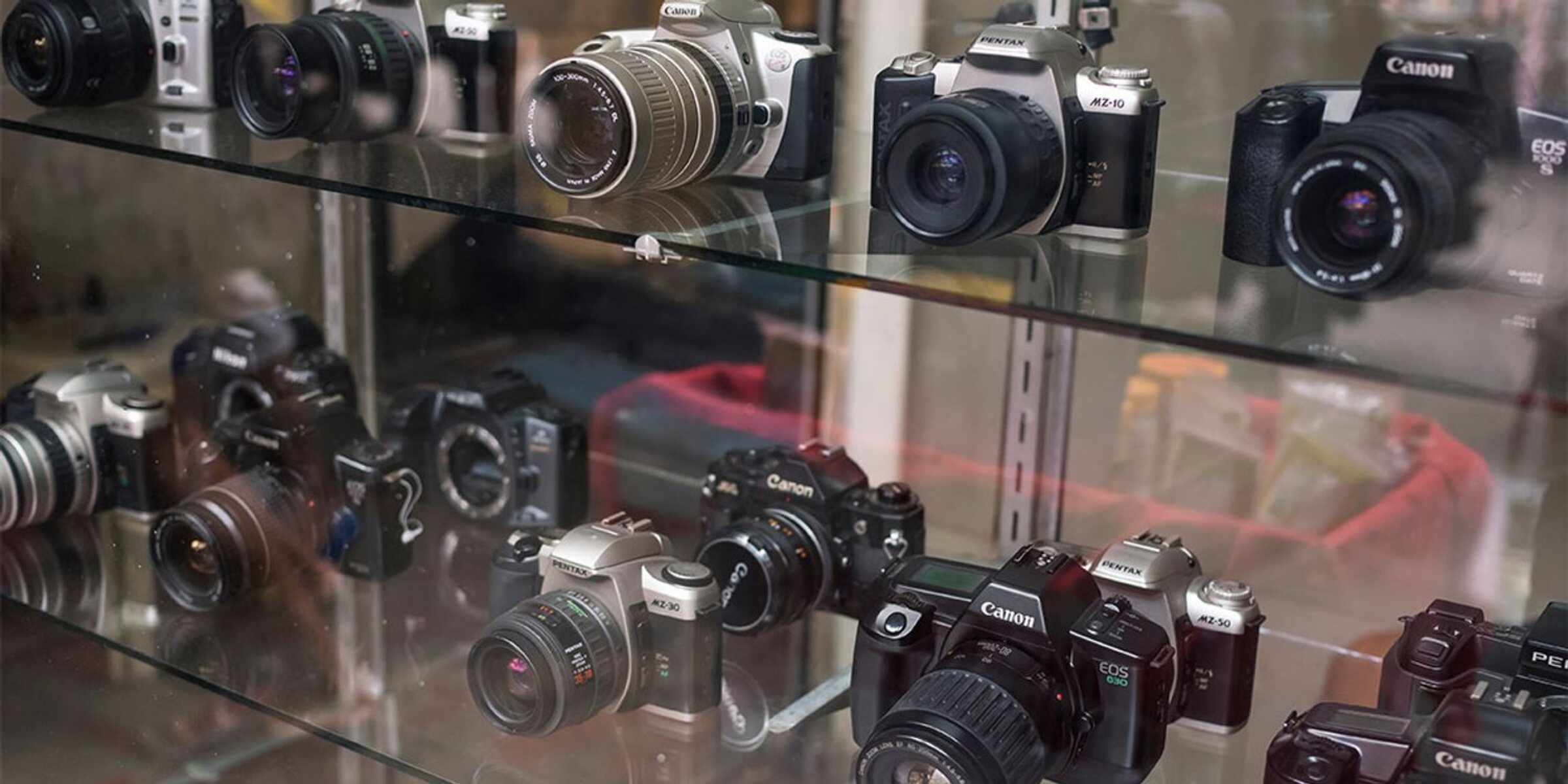Introduction
What to Consider When Choosing a Professional Mirrorless Camera
When it comes to professional photography, the choice of camera is crucial. With the rise of mirrorless cameras, photographers are presented with a wide array of options, each boasting unique features and capabilities. Understanding the key factors to consider when selecting a professional mirrorless camera is essential to making an informed decision. From image quality and autofocus performance to video capabilities and lens selection, each aspect plays a pivotal role in determining the suitability of a mirrorless camera for professional use.
Professional photographers demand uncompromising image quality that captures the essence of their subjects with precision and clarity. The ability of a mirrorless camera to deliver sharp, detailed images with accurate color reproduction and dynamic range is paramount. Additionally, low-light performance and high-resolution capabilities are essential considerations for professional applications, ensuring that the camera can excel in diverse shooting conditions.
Autofocus performance is another critical factor in professional photography, especially in fast-paced or unpredictable shooting scenarios. A reliable autofocus system with swift and accurate subject tracking is indispensable for capturing fleeting moments and ensuring consistently sharp results. The speed, accuracy, and versatility of the autofocus system greatly influence a professional mirrorless camera's suitability for various genres, such as sports, wildlife, and event photography.
Furthermore, the video capabilities of a professional mirrorless camera are increasingly significant in today's multimedia landscape. The ability to record high-quality 4K video with advanced features such as in-body stabilization, high frame rates, and professional-grade audio inputs expands the creative potential for photographers and videographers alike.
Size and weight considerations are pivotal for professionals who require portability and maneuverability without compromising performance. A compact and lightweight mirrorless camera offers enhanced mobility, making it well-suited for travel, documentary, and street photography, where agility and discretion are paramount.
Battery life is a practical concern for professional photographers who often work in remote locations or cover extensive events. A long-lasting battery ensures uninterrupted shooting sessions, reducing downtime and the need for frequent recharging or battery changes.
The availability and diversity of lenses compatible with a mirrorless camera system are integral to its versatility and long-term viability for professional use. A robust selection of high-quality lenses, including prime, zoom, and specialty optics, provides photographers with the tools to realize their creative vision across various genres and shooting scenarios.
While price and value are significant considerations for any professional investment, the long-term benefits and return on investment offered by a professional mirrorless camera should be evaluated in relation to its performance, durability, and potential for future growth and adaptability.
In the following sections, we will delve deeper into each of these factors, providing valuable insights to guide professional photographers in selecting the best mirrorless camera for their specific needs and preferences.
Image Quality
When evaluating a professional mirrorless camera, image quality stands as a paramount consideration. The ability to capture stunning, high-resolution images with exceptional clarity and color accuracy is essential for meeting the rigorous demands of professional photography.
Key factors that contribute to superior image quality include the camera’s sensor size, resolution, and low-light performance. A larger sensor, such as a full-frame or APS-C sensor, generally facilitates improved light sensitivity and depth of field control, resulting in sharper details and smoother tonal gradations.
Resolution plays a pivotal role in capturing fine details and facilitating ample room for cropping and post-processing without compromising image integrity. High-resolution sensors, often exceeding 20 megapixels, enable professional photographers to produce large-format prints and retain intricate details in their images.
Moreover, low-light performance, characterized by the camera’s ability to produce clean and noise-free images in challenging lighting conditions, is crucial for a professional mirrorless camera. Advanced noise reduction algorithms and high ISO capabilities contribute to superior low-light performance, allowing photographers to confidently capture compelling images in dimly lit environments without compromising image quality.
Color accuracy and dynamic range are also integral components of image quality. A professional mirrorless camera should deliver faithful color reproduction and a wide dynamic range, preserving highlight and shadow details for visually striking and true-to-life images.
Furthermore, the presence of in-body image stabilization (IBIS) can significantly enhance image quality by minimizing the impact of camera shake, especially when using slower shutter speeds or longer focal lengths. IBIS allows photographers to capture sharp, blur-free images in various shooting conditions, expanding the creative possibilities without the reliance on external stabilization equipment.
Ultimately, a professional mirrorless camera’s image quality is a culmination of various technological advancements and design considerations that collectively empower photographers to produce exceptional visual content, setting the stage for unparalleled creative expression and professional excellence.
Autofocus Performance
Autofocus performance is a critical aspect of professional mirrorless cameras, profoundly influencing a photographer’s ability to capture decisive moments with precision and speed across diverse shooting scenarios. The speed, accuracy, and versatility of the autofocus system are pivotal considerations that directly impact the camera’s suitability for professional use.
Fast and reliable autofocus is particularly essential in genres such as sports, wildlife, and event photography, where capturing moving subjects with pinpoint accuracy is imperative. Professional mirrorless cameras often feature advanced autofocus systems with a high density of phase-detection or hybrid autofocus points, enabling swift subject acquisition and tracking, even in challenging conditions.
Furthermore, the effectiveness of eye detection and subject tracking algorithms significantly enhances the camera’s ability to maintain sharp focus on subjects, particularly in portraiture and fast-paced environments. The capability to accurately detect and track subjects’ eyes, even in continuous shooting modes, ensures that critical moments are captured with unparalleled clarity and precision.
Low-light autofocus performance is also a crucial consideration for professional photographers who frequently encounter dimly lit environments or challenging lighting conditions. The ability of a mirrorless camera to swiftly and accurately acquire focus in low-light situations, often supported by advanced low-light autofocus sensors and algorithms, is instrumental in ensuring consistent performance across a broad spectrum of shooting scenarios.
Moreover, the customization and fine-tuning options available for autofocus parameters, such as tracking sensitivity, focus point selection, and predictive algorithms, empower photographers to tailor the autofocus system to their specific shooting preferences and the demands of different subjects and environments.
Additionally, the integration of advanced autofocus technologies, such as deep learning algorithms and artificial intelligence, further augments the autofocus performance of professional mirrorless cameras, allowing for intelligent subject recognition and predictive focus tracking, ultimately enhancing the overall shooting experience and the likelihood of capturing decisive moments with exceptional precision.
In essence, autofocus performance is a cornerstone of professional mirrorless cameras, underpinning their ability to deliver consistently sharp and well-focused images across a diverse range of photographic genres and challenging shooting conditions, thereby empowering photographers to push the boundaries of their creativity and professional expertise.
Video Capabilities
Video capabilities have become increasingly significant in professional mirrorless cameras, expanding the creative horizons for photographers and videographers alike. The ability to capture high-quality video with advanced features and versatile performance is a key consideration for professionals seeking a multifaceted imaging tool.
Professional mirrorless cameras often offer 4K video recording capabilities, delivering exceptional detail and clarity, making them well-suited for cinematic productions, commercial projects, and multimedia content creation. The availability of high bit rates and 4:2:2 color sampling further enhances the camera’s video output, facilitating robust post-production workflows and ensuring optimal image quality.
In-body image stabilization (IBIS) plays a pivotal role in video production, effectively mitigating camera shake and enabling smooth, steady footage, even when shooting handheld or in dynamic environments. The integration of advanced stabilization mechanisms enhances the camera’s versatility for video applications, providing filmmakers and content creators with the freedom to explore diverse shooting styles and techniques.
Professional mirrorless cameras often feature advanced autofocus systems tailored for video recording, offering precise and reliable subject tracking, face detection, and eye autofocus during video capture. The seamless transition between still photography and video recording, coupled with responsive and accurate autofocus performance, ensures that professionals can confidently capture compelling video content with ease.
High frame rate (HFR) recording capabilities, including slow-motion and fast-motion options, further expand the creative potential of professional mirrorless cameras, allowing for captivating visual storytelling and the portrayal of dynamic scenes with striking impact. The ability to record at elevated frame rates empowers filmmakers to infuse their productions with dramatic flair and expressive visual narratives.
Professional audio inputs, such as dedicated microphone and headphone jacks, enable the capture of high-fidelity sound, enhancing the overall production quality and facilitating precise audio monitoring during recording. The integration of professional-grade audio features ensures that professionals can achieve immersive and engaging audio-visual experiences in their video productions.
Furthermore, the seamless integration of video-centric features, such as zebra patterns, focus peaking, and customizable picture profiles, provides professionals with the tools to achieve precise exposure control, critical focus accuracy, and tailored color grading, elevating the quality and artistic expression of their video content.
In essence, the video capabilities of professional mirrorless cameras extend beyond mere functionality, embodying a convergence of advanced imaging technologies and creative tools that empower professionals to produce compelling and visually captivating video content, thereby enriching their creative endeavors and professional storytelling.
Size and Weight
The compact and lightweight nature of professional mirrorless cameras is a defining attribute that resonates strongly with photographers seeking portability, agility, and discreetness without compromising imaging performance. The size and weight of a camera play a pivotal role in shaping the shooting experience and influencing its suitability for various professional applications.
Professional mirrorless cameras, characterized by their sleek and ergonomic designs, offer a compelling blend of robust imaging capabilities and compact form factors, making them well-suited for travel, documentary, street, and event photography. The reduced bulk and weight of mirrorless systems enhance mobility and operational flexibility, allowing photographers to navigate diverse shooting environments with ease and unobtrusiveness.
The compact dimensions and reduced weight of mirrorless cameras also make them ideal choices for aerial and gimbal-mounted applications, where size and weight constraints are paramount. The streamlined profiles of mirrorless cameras facilitate seamless integration with aerial platforms and stabilization systems, enabling photographers to capture stunning aerial imagery and dynamic motion sequences with unparalleled ease and precision.
Furthermore, the discreet and unobtrusive nature of professional mirrorless cameras is particularly advantageous in documentary, street, and photojournalistic endeavors, where the ability to blend into the surroundings and capture candid moments without drawing undue attention is essential. The inconspicuous presence of mirrorless cameras fosters authentic and intimate storytelling, allowing photographers to document scenes and interactions with a heightened sense of authenticity and spontaneity.
The reduced size and weight of mirrorless camera systems also contribute to enhanced ergonomics and operational comfort, especially during extended shooting sessions or while navigating challenging terrain. The ergonomic design of mirrorless cameras, often complemented by customizable control layouts and intuitive handling, ensures that professionals can maintain a steady and comfortable grip, facilitating precise and responsive operation in various shooting conditions.
Moreover, the compatibility with compact and lightweight lenses further accentuates the overall portability and convenience of professional mirrorless systems, offering a diverse selection of optics tailored for different genres and shooting styles. The combination of compact camera bodies and versatile lens options amplifies the adaptability and maneuverability of mirrorless setups, empowering photographers to explore creative perspectives and visual narratives with unparalleled freedom.
In essence, the size and weight of professional mirrorless cameras epitomize a harmonious balance between portability and performance, redefining the boundaries of professional imaging and empowering photographers to embrace a new era of creative expression and visual storytelling.
Battery Life
Battery life is a pivotal consideration for professional photographers relying on mirrorless cameras to capture decisive moments and enduring visual narratives. The longevity and reliability of a camera’s battery performance directly impact the photographer’s ability to sustain extended shooting sessions, especially in remote or demanding environments.
Professional mirrorless cameras are designed to optimize power efficiency while delivering robust performance, ensuring that photographers can focus on their creative vision without being encumbered by frequent battery changes or recharging interruptions. The integration of high-capacity lithium-ion batteries in mirrorless systems provides prolonged shooting endurance, allowing photographers to remain immersed in their craft for extended periods.
Moreover, the availability of battery grip accessories further augments the camera’s power capacity, offering enhanced battery life and operational comfort, particularly during vertical shooting orientations or extended field assignments. The seamless integration of battery grips with mirrorless cameras ensures that professionals can sustain prolonged shooting sessions without compromise, empowering them to capture compelling imagery with unwavering confidence.
Furthermore, the implementation of intelligent power management systems and customizable battery-saving features in professional mirrorless cameras optimizes energy utilization, extending the operational lifespan of each battery charge. These features are particularly beneficial for photographers working in remote or off-grid locations, where access to power sources may be limited, ensuring that the camera remains operational for extended durations without sacrificing performance.
The compatibility with USB power banks and portable charging solutions further enhances the practicality and versatility of professional mirrorless cameras, offering convenient options for on-the-go recharging and extended field use. The ability to replenish battery power from external sources empowers photographers to extend their shooting endeavors without being constrained by traditional power limitations, fostering a seamless and uninterrupted creative workflow.
Additionally, the transparency and accuracy of battery level indicators and predictive power management systems enable photographers to proactively monitor and manage their power resources, ensuring that they can plan and optimize their shooting schedules with confidence and precision. The availability of real-time battery status information empowers professionals to make informed decisions regarding their shooting priorities and resource allocation, maximizing their creative output and operational efficiency.
In essence, battery life constitutes a fundamental pillar of professional mirrorless cameras, underpinning their capacity to sustain prolonged and demanding shooting scenarios, thereby enabling photographers to pursue their creative endeavors with unwavering focus, endurance, and reliability.
Lens Selection
The versatility and adaptability of a professional mirrorless camera system are intricately linked to the diversity and quality of lenses available within its ecosystem. The selection of lenses plays a pivotal role in shaping a photographer’s creative vision and enabling the realization of diverse photographic genres and visual narratives.
Professional mirrorless cameras offer a comprehensive range of native lenses, encompassing prime, zoom, and specialty optics tailored to address a broad spectrum of shooting requirements and artistic preferences. The availability of high-quality native lenses ensures that photographers can seamlessly integrate their mirrorless systems into various professional applications, ranging from portraiture and landscape photography to sports, wildlife, and macro imaging.
The compact and lightweight nature of mirrorless camera bodies aligns harmoniously with the design ethos of native lenses, offering a balanced and ergonomic shooting experience without compromising optical performance. The cohesive synergy between mirrorless cameras and native lenses enhances operational comfort and maneuverability, empowering photographers to explore diverse shooting scenarios with unparalleled ease and precision.
Moreover, the compatibility with third-party lenses further expands the creative horizons of professional mirrorless camera systems, offering a vast array of optics from renowned manufacturers, thereby enriching the lens selection options and providing photographers with a wealth of creative tools to articulate their vision and express their unique perspectives.
The presence of advanced optical technologies, such as fast aperture designs, optical stabilization, and specialized lens coatings, further accentuates the imaging prowess of professional mirrorless cameras, ensuring that photographers can achieve uncompromising image quality and expressive visual aesthetics across a multitude of shooting conditions and lighting scenarios.
Furthermore, the seamless integration of lens adaptors and mount conversion solutions broadens the compatibility of professional mirrorless cameras with legacy and specialized lenses, unlocking a treasure trove of creative possibilities and historical optics for photographers seeking distinctive rendering and artistic flair.
The modularity and expandability of professional mirrorless camera systems, often complemented by dedicated lens accessories and optical attachments, further amplify the creative potential and versatility of lens selection, enabling photographers to customize their imaging toolkit and adapt to evolving shooting challenges and expressive demands.
In essence, lens selection embodies a cornerstone of professional mirrorless camera systems, encapsulating a rich tapestry of optical diversity, technological innovation, and creative expression that collectively empower photographers to realize their artistic vision and professional aspirations with unmatched precision, ingenuity, and visual splendor.
Price and Value
When assessing professional mirrorless cameras, the consideration of price and value is fundamental, as it directly influences the return on investment and long-term satisfaction for photographers seeking a reliable and versatile imaging tool.
Professional mirrorless cameras represent a significant financial investment, reflecting the advanced technology, robust construction, and comprehensive feature sets inherent in these cutting-edge imaging devices. The price of a professional mirrorless camera often correlates with its imaging performance, build quality, and innovative capabilities, positioning it as a compelling and enduring asset for photographers committed to their craft.
Furthermore, the value proposition of a professional mirrorless camera extends beyond its initial purchase price, encompassing a spectrum of intangible benefits, such as operational efficiency, creative empowerment, and professional growth. The seamless integration of advanced imaging technologies, ergonomic design, and versatile shooting capabilities ensures that professional mirrorless cameras deliver exceptional value by facilitating uncompromising imaging performance and creative expression.
The long-term durability and adaptability of professional mirrorless cameras further underscore their value proposition, as they are designed to withstand rigorous professional use and evolve in tandem with technological advancements. The longevity and resilience of mirrorless systems ensure that photographers can rely on their investment for years to come, fostering a sense of trust, continuity, and operational consistency in their creative endeavors.
Moreover, the availability of a diverse ecosystem of native and third-party accessories, including lenses, battery grips, and specialized attachments, enhances the value proposition of professional mirrorless cameras by expanding their operational versatility and creative potential. The compatibility with a wide array of accessories ensures that photographers can tailor their mirrorless systems to suit their specific shooting preferences and professional applications, thereby maximizing the value and adaptability of their investment.
Additionally, the seamless integration of intuitive and user-friendly interfaces, coupled with robust customer support and firmware updates, augments the overall value of professional mirrorless cameras by fostering a user-centric and evolving ownership experience. The commitment to customer satisfaction and continuous improvement ensures that photographers can derive enduring value from their mirrorless systems, benefiting from ongoing advancements and refinements that enhance their operational efficiency and creative output.
In essence, the assessment of price and value in the context of professional mirrorless cameras transcends mere cost considerations, encompassing a holistic evaluation of the enduring benefits, creative empowerment, and operational reliability that these cutting-edge imaging tools bestow upon photographers, thereby affirming their status as indispensable assets for professional excellence and creative fulfillment.
Conclusion
The realm of professional mirrorless cameras embodies an intricate tapestry of technological innovation, creative empowerment, and operational versatility, culminating in a paradigm shift that has redefined the landscape of professional photography. From uncompromising image quality and swift autofocus performance to expansive video capabilities and a diverse lens selection, professional mirrorless cameras have emerged as indispensable tools for photographers seeking to elevate their craft and excel in diverse photographic genres and professional applications.
The compact and lightweight nature of professional mirrorless cameras, coupled with their enduring battery life and seamless integration with a diverse range of lenses, underscores their adaptability and maneuverability, empowering photographers to navigate diverse shooting scenarios with agility, precision, and creative freedom.
Furthermore, the value proposition of professional mirrorless cameras extends beyond their initial price, encompassing a spectrum of intangible benefits, such as operational efficiency, creative empowerment, and long-term reliability, positioning them as enduring assets that foster professional growth and artistic fulfillment.
In essence, professional mirrorless cameras stand as a testament to the relentless pursuit of imaging excellence and creative innovation, embodying a convergence of advanced technologies, ergonomic design, and versatile performance that collectively empower photographers to transcend boundaries, realize their artistic vision, and embark on a journey of unparalleled professional excellence and creative fulfillment.







